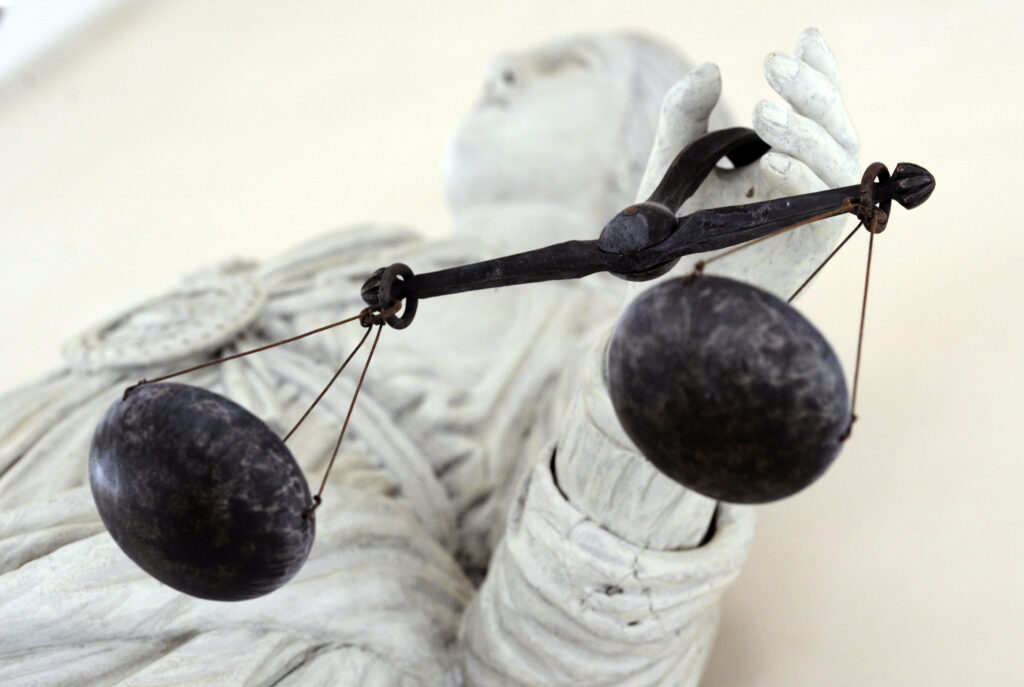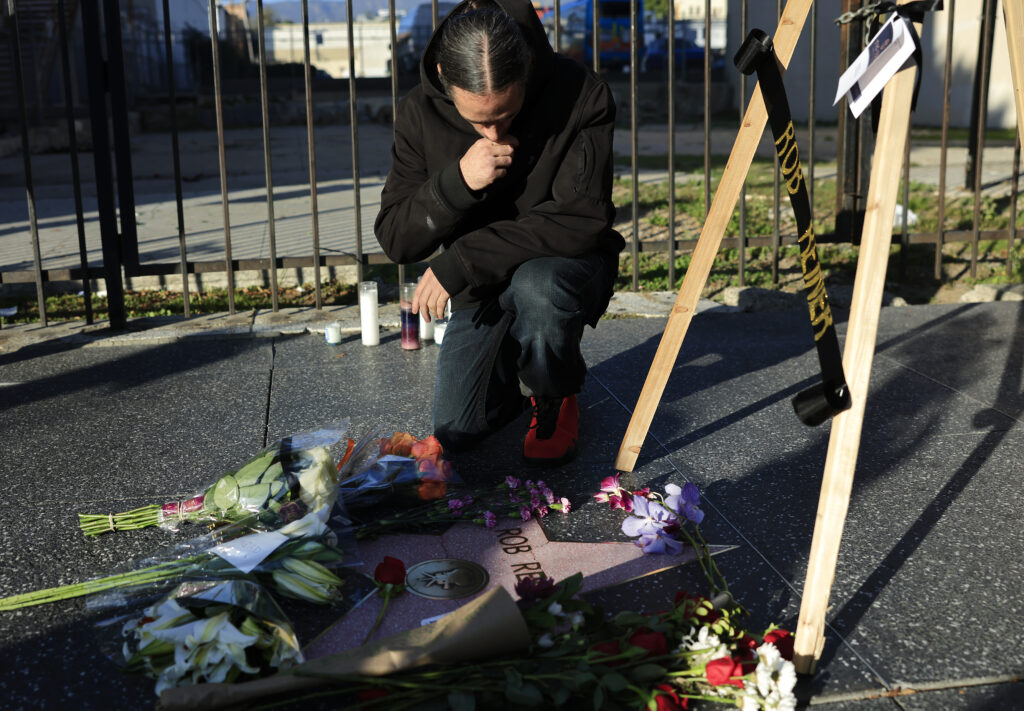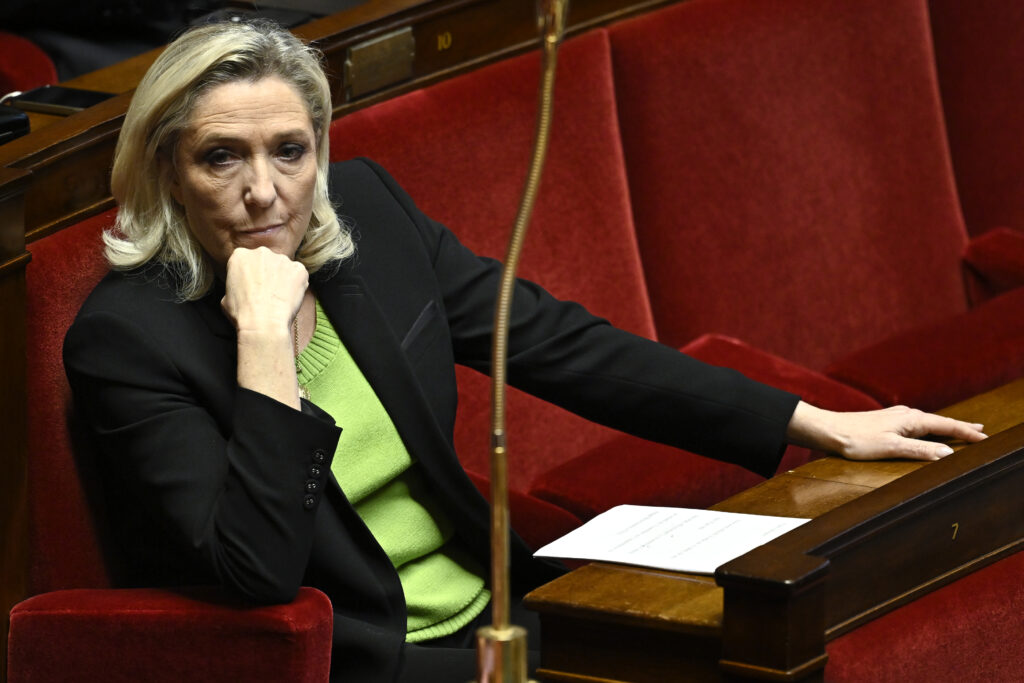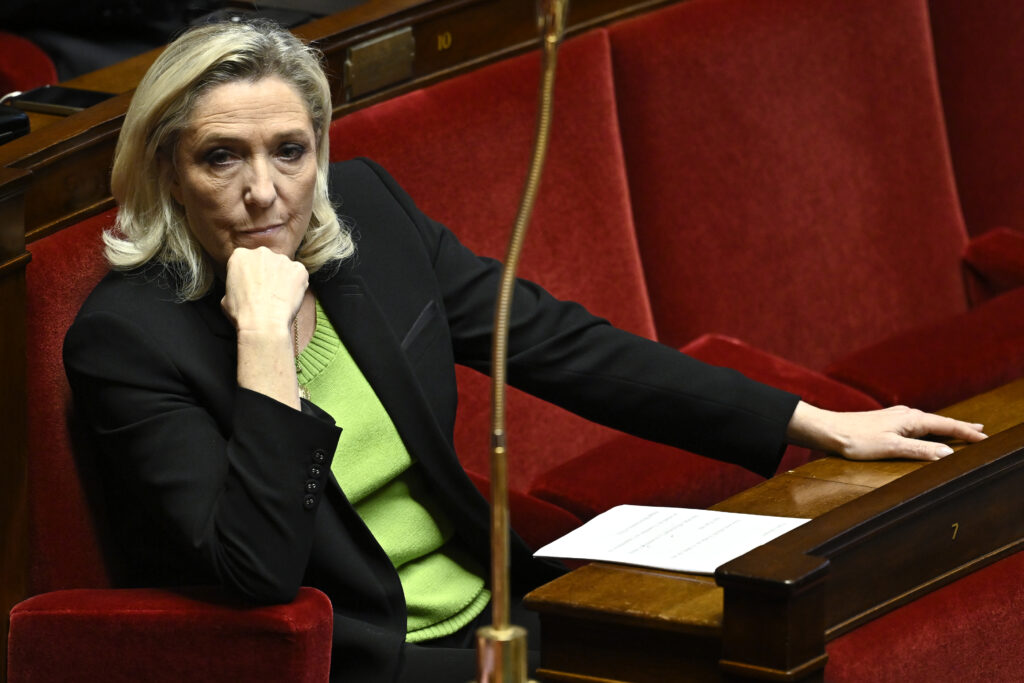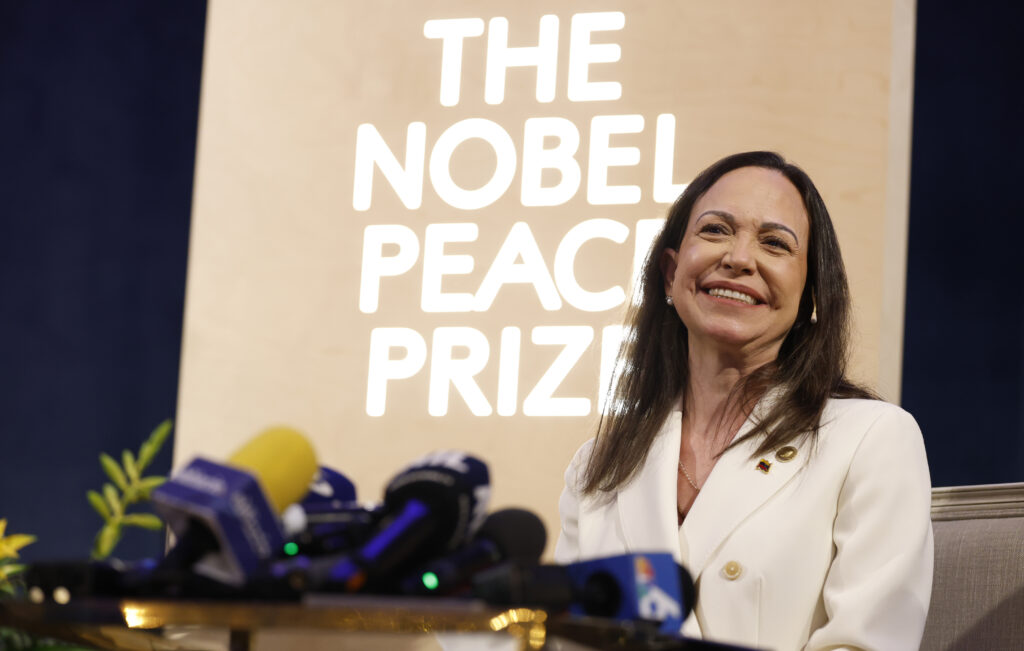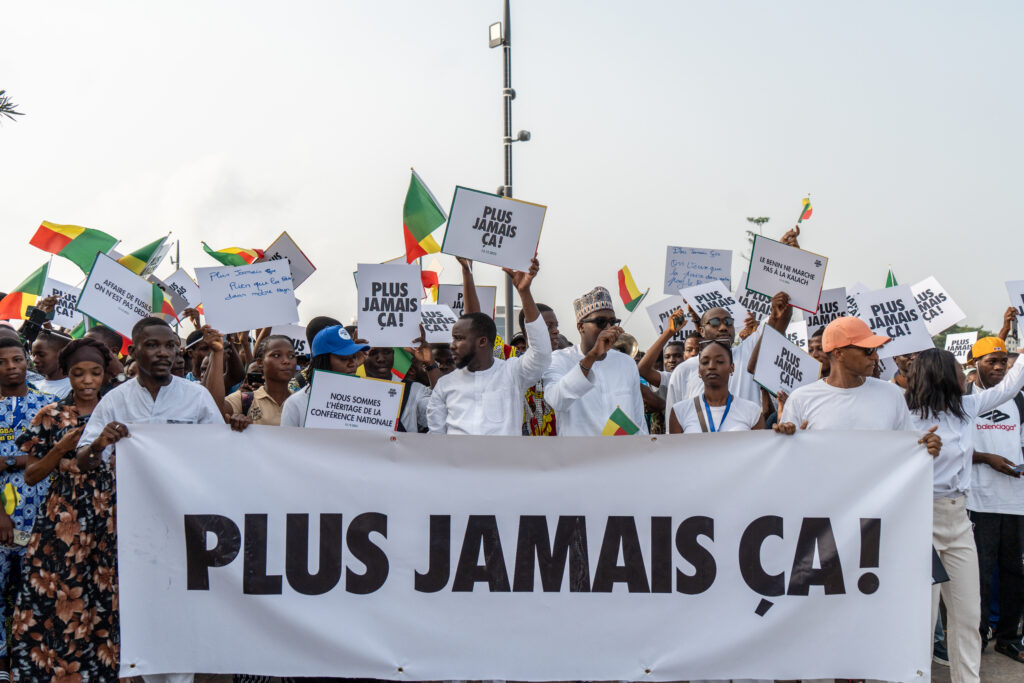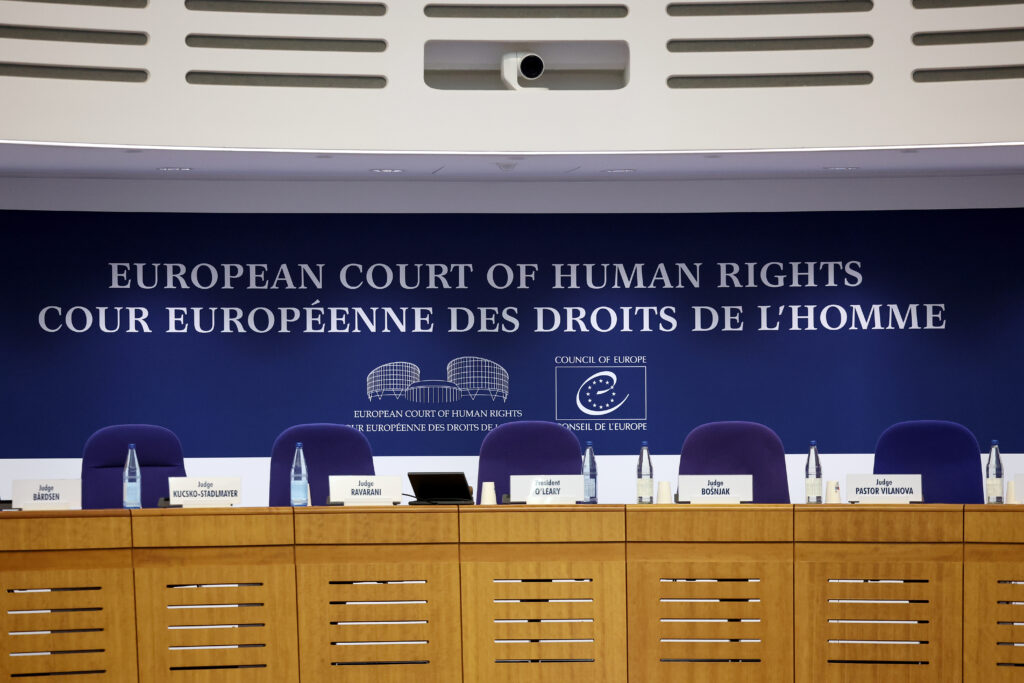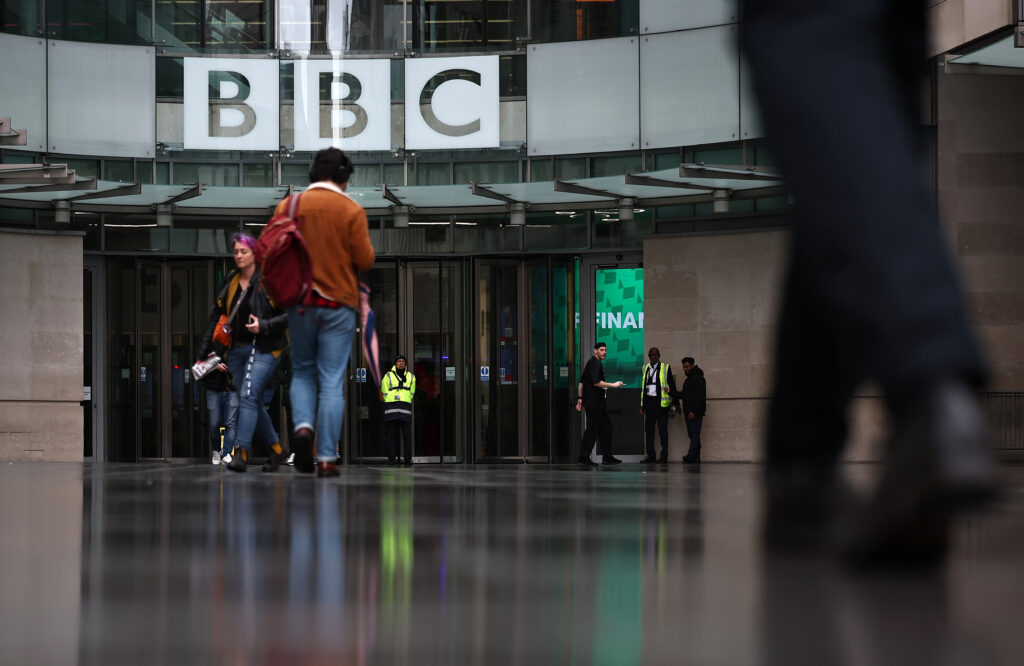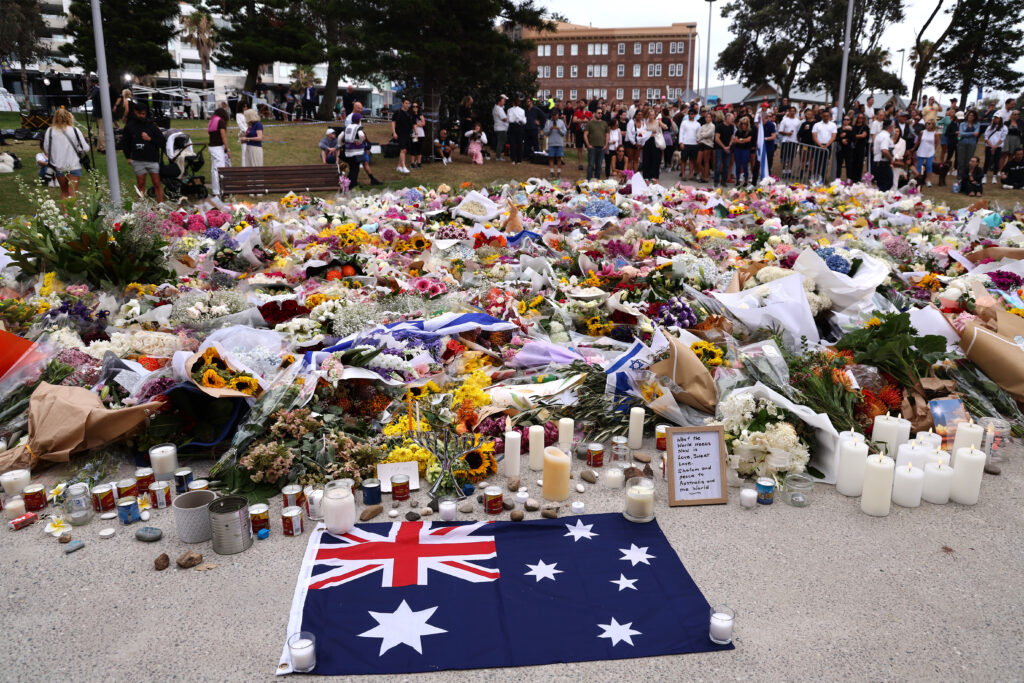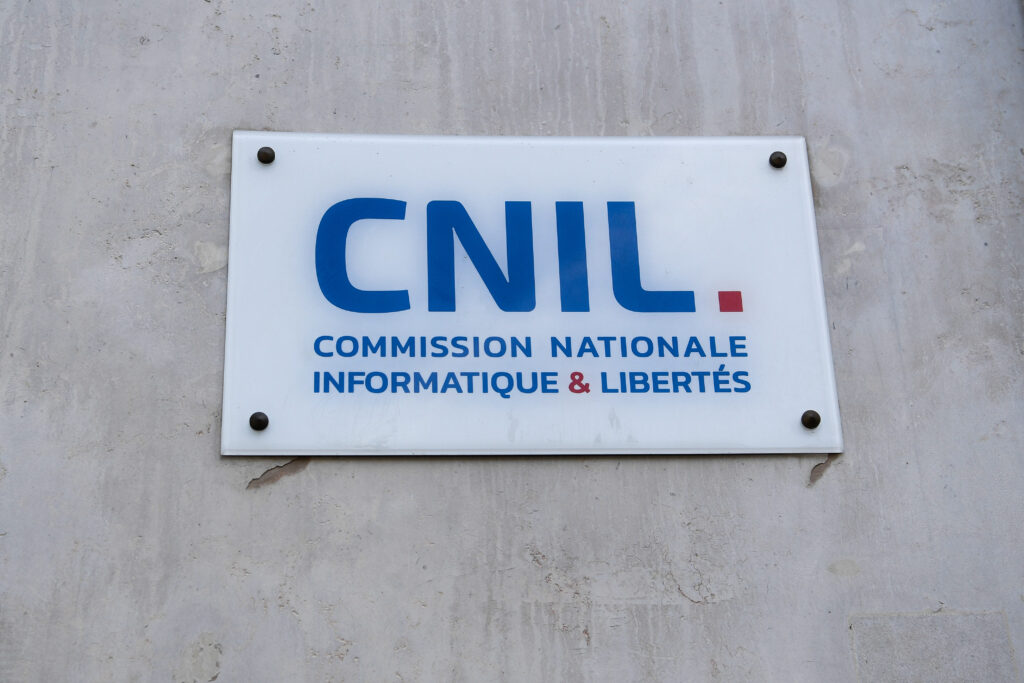Trafic de cocaïne: à son procès, Bouguettaia accusé d’avoir fait régner peur et violence
Au deuxième jour de son procès à Lille, Abdelkader Bouguettaia a été confronté mardi à un témoignage accablant sur les méthodes brutales avec lesquelles il est accusé d’avoir contrôlé depuis Dubaï l’importation de cocaïne au port du Havre.Installé aux Emirats arabes unis depuis fin 2019, il était loin de la justice française au moment de ses condamnations à Lille, entre 2022 et 2024, à des peines de neuf à quinze ans de prison pour narcotrafic.Après son extradition obtenue par la France en juin de cette année, il n’avait pas acquiescé à ces condamnations prononcées en son absence, entraînant la tenue d’un nouveau procès regroupant trois affaires.Les réquisitions et les plaidoiries de ses avocates sont prévues mercredi.Mardi, le tribunal correctionnel de Lille a étudié deux des trois dossiers, portant respectivement sur des importations de 2,4 tonnes et près de 600 kg de cocaïne via le port du Havre, en 2020 et 2021.Les bras croisés dans le dos, Abdelkader Bouguettaia, franco-algérien de 38 ans, a écouté la présidente citer le témoignage, central dans les trois dossiers, d’un ancien membre de l’organisation criminelle qu’il est accusé d’avoir dirigée.Ce témoin dit avoir un jour reçu par message de “Bibi”, surnom d’Abdelkader Bouguettaia, une photo de sa nièce décédée dans un accident de la route. “C’est juste pour te rappeler qui commande”, lui aurait écrit Bouguettaia.- “Balles dans les genoux” -Toujours selon ce témoin, Abdelkader Bouguettaia lui aurait aussi envoyé une photo du lieu où travaillait sa petite amie pour le forcer à accepter une mission en Belgique.Il assure également qu'”on l’aurait menacé de lui tirer des balles dans les genoux”, un sort qu’a selon lui subi un autre membre du réseau, a encore rapporté la présidente.Abdelkader Bouguettaia, qui a tenté lundi de se présenter comme un citoyen ordinaire, salarié à Buffalo Grill en banlieue du Havre, a préféré garder le silence sur ces accusations. Il a dit “réserver (sa) défense” pour une confrontation avec ce témoin dans une autre instruction qui le vise, une tentative d’importation de 2,5 tonnes de cocaïne en 2020 pour laquelle il a été mis en examen en juin à Paris.Ce même membre présumé du réseau a assuré qu’Abdelkader Bouguettaia faisait une marge de 1.000 euros par kilogramme de cocaïne sorti du port, et qu’il rachetait parfois lui-même une partie de la cargaison pour la revendre.Ces livraisons se faisaient dans des conteneurs de bois de balsa, de gélatine de boeuf ou encore de café, en provenance de l’Equateur, du Brésil et du Guatemala.Dans les deux dossiers évoqués mardi, de nombreux membres du réseau – lieutenants, dockers, chauffeurs routiers, ainsi qu’un frère de “Bibi”, Bobdellah Bouguettaia – ont été condamnés à des peines de plusieurs années de prison.- La grande vie à Dubaï -Les messages et appels téléphoniques échangés par certaines petites mains du réseau mentionnaient des échanges d’importantes sommes d’argent ainsi que des ordres donnés par un certain “Bibi”.Le mis en cause a affirmé ne pas connaître ces personnes, ou vaguement.Multiple condamné pour trafic de cannabis dans sa jeunesse, Abdelkader Bouguettaia a quitté la France en 2019, d’abord pour l’Algérie puis Dubaï, après avoir été enlevé et séquestré en région parisienne dans des circonstances troubles sur lesquelles il préfère ne pas s’attarder.Selon un extrait d’interrogatoire d’un ancien proche consulté par l’AFP en 2024, il occupait avec sa compagne à Dubaï deux appartements dans un immeuble cossu de la marina, possédait des voitures haut de gamme, et fréquentait des piscines d’hôtels luxueux ou restaurants chics.La lutte contre les têtes de réseaux à l’étranger est au coeur de la guerre que mène la France au narcotrafic.Devant des lecteurs du journal La Provence à Marseille, le président Emmanuel Macron a affiché sa volonté d’aller “chercher dans les pays” où sont installées les têtes de réseaux, “pour pouvoir saisir leurs biens”, les “arrêter” et “les restituer” à la justice française.
